The Ultimate Guide to Classic Japanese Cars for Sale
Step into the fascinating world of classic Japanese cars, where engineering excellence meets cultural nostalgia. Over the years, these vehicles have gained traction in the classic car market, drawing enthusiasts and collectors alike. The allure of classic Japanese cars for sale lies in their unique design, reliability, and the potential for value appreciation. In 2021, the UK classic car market was valued at approximately £1.5 billion, with Japanese models like the Toyota Supra, Nissan Skyline, Honda Civic, and Mazda RX-7 becoming increasingly popular.
These models are not just pieces of history; they represent a growing investment opportunity. According to Hagerty, classic Japanese cars have appreciated by 20% over the past five years, surpassing many European classics in value. This surge in interest is also evident in the UK, which imported over 20,000 JDM vehicles in 2022, reflecting a robust market for importing Japanese cars.
As this guide will explore, the rising popularity of these vehicles is fueled by their engineering prowess and cultural impact, enhanced by social media platforms that connect enthusiasts worldwide. We will delve into trends like electric conversions and restoration services, which add modern appeal to these vintage beauties. With expert insights and actionable tips, our guide aims to assist potential buyers in navigating this vibrant market.
Whether you’re a seasoned collector or a first-time buyer, understanding the nuances of classic Japanese cars is crucial. As you delve into this guide, you’ll gain insights into their investment potential, set within the rich tapestry of the Japanese automotive industry history.
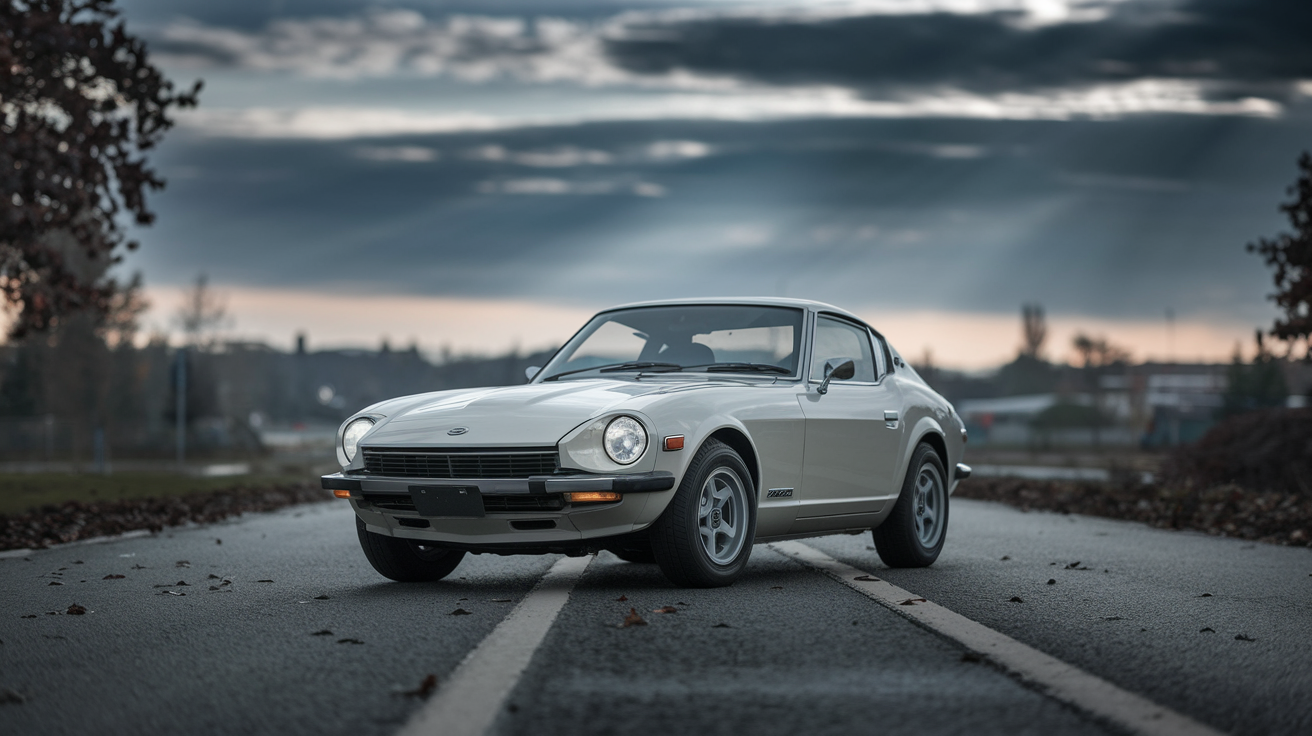
A classic White Datsum 240z sitting in the middle of the road on a moody day, cinematic and stock
Why Classic Japanese Cars?
The Rise of the Japanese Automotive Industry
The history of the Japanese automotive industry is a tale of innovation and resilience. Post-World War II, Japan focused on rebuilding its economy, with the automotive sector playing a significant role. By the 1970s, Japanese manufacturers like Toyota, Nissan, and Honda had established themselves as leaders in engineering and reliability. This era saw the emergence of models that would later become classic Japanese cars, celebrated for their design and performance.
Why Invest in Classic Japanese Cars?
Classic Japanese cars have become a lucrative investment option due to their appreciating values. According to Hagerty, values of these vehicles have increased by 20% over the past five years, surpassing many European classics. This appreciation is driven by their reliability, unique engineering, and cultural significance. The Toyota Supra, Nissan Skyline, and Mazda RX-7 are particularly sought-after, often fetching high prices at auctions. A notable example is a 1990 Nissan Skyline GT-R, which increased in value from £10,000 in 2015 to £40,000 in 2022, highlighting the potential for classic car investment.

Mazda RX7 inside a shiping container Source: ideogram
Unique Features and Designs
Classic Japanese cars are distinguished by their innovative designs and engineering excellence. The Mazda RX-7, with its rotary engine and lightweight design, offers exceptional handling, making it a favorite among enthusiasts. The Toyota Supra, particularly the Mark IV, is celebrated for its 2JZ-GTE engine, known for tuning potential and robust performance. These unique features, combined with distinctive styling, set Japanese classics apart from their contemporaries.
Community and Culture
The appeal of classic Japanese cars extends beyond their mechanics; they hold significant cultural value. These vehicles are often associated with the rise of Japanese pop culture in the 80s and 90s, including anime and video games. The vibrant community of enthusiasts and collectors further enhances their allure, with numerous clubs and events dedicated to celebrating these vehicles. The camaraderie among fans fosters a deep appreciation and connection to classic Japanese cars.
Practical Tips for Buyers
For those interested in purchasing classic Japanese cars, several practical tips can enhance the buying experience. Conduct thorough research on specific models, focusing on history and common issues. Utilizing valuation tools like those by Hagerty can provide insights into classic Japanese car values, ensuring informed decisions. Always have a pre-purchase inspection conducted by specialists to assess the vehicle’s condition. Ensure all documentation, including service history and import papers, is complete and accurate. These steps can significantly mitigate risks associated with classic car investment.
Future Prospects
The future of classic Japanese cars looks promising, with increasing interest from younger collectors and investors. As environmental concerns rise, the trend of electric conversions offers a sustainable path, allowing these vehicles to remain relevant. Importing Japanese cars continues to grow, with over 20,000 JDM vehicles imported into the UK in 2022, reflecting the expanding market. As the sector evolves, classic Japanese cars will likely continue to captivate enthusiasts and collectors, offering both emotional and investment value.
In conclusion, classic Japanese cars represent a unique blend of engineering excellence, cultural significance, and investment potential. Understanding their history, appreciating their unique features, and engaging with the community can offer a rewarding experience for enthusiasts and investors alike. With strategic buying practices and an eye on future trends, investing in these iconic vehicles can be both a passion and a profitable venture.
Top Classic Japanese Cars for Sale

Photo by Christian Paul Stobbe on unsplash
Toyota 2000GT
The Toyota 2000GT is often considered the crown jewel of classic Japanese cars. Released in the late 1960s, it was a pioneer that put Japan on the global sports car map. Designed in collaboration with Yamaha, the 2000GT featured a 2.0-liter straight-six engine producing 150 horsepower, remarkable for its time. Its sleek, aerodynamic design and limited production run of just 351 units make it highly coveted among collectors.
Historically, the 2000GT’s significance extends beyond its engineering prowess. It was featured in the James Bond film “You Only Live Twice,” further cementing its status as an iconic vehicle. In the current market, these cars can fetch over £500,000, reflecting their rarity and desirability. For those interested in classic Japanese cars for sale, the 2000GT represents an ultimate investment opportunity.

Photo by Erik Mclean on pexels
Nissan Skyline GT-R
Another titan in the classic Japanese automotive industry history is the Nissan Skyline GT-R. With roots in motorsport, the GT-R became legendary for its performance and innovation. The R32, known as “Godzilla,” dominated racing circuits in the 1990s thanks to its RB26DETT engine, delivering 276 horsepower and advanced all-wheel-drive system.
The Skyline GT-R’s appeal lies in its blend of performance and affordability. While earlier models such as the R32 start around £40,000, their value has been appreciating rapidly, making them a sound investment. The GT-R’s influence continues in the JDM UK Import market, with collectors eagerly seeking out these high-performance legends.

Stock photo from Pexels Source: pexels
Mazda RX-7
The Mazda RX-7 is celebrated for its rotary engine and lightweight design. First introduced in the late 1970s, the RX-7 evolved over three generations, each offering improved performance and handling. The third generation, or FD, with its 1.3-liter twin-turbo rotary engine, is particularly prized for its agility and distinctive styling.
Thanks to its unique engineering, the RX-7 holds a special place in the classic car buying guide. The combination of rarity and performance has increased its market value, with pristine models selling for over £30,000. As rotary engines become less common, the RX-7’s appeal is likely to grow, offering both driving pleasure and investment potential.
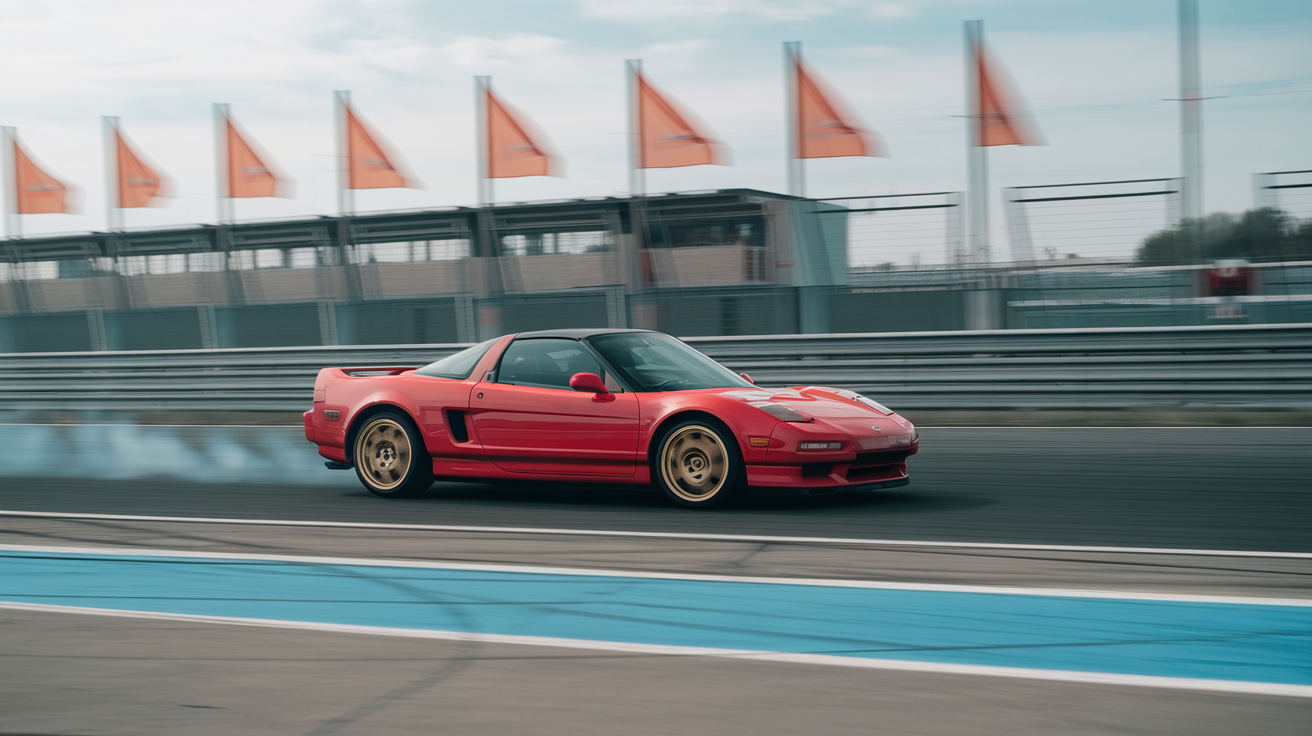
A red Honda NSX with gold wheels sat on a racetrack driveby with motion blur
Honda NSX
The Honda NSX revolutionized the supercar segment with its introduction in 1990. It featured a mid-engine, V6 layout, and an all-aluminum body, offering a balance of performance and reliability uncommon in supercars of its era. Developed with input from Formula 1 champion Ayrton Senna, the NSX set new standards for handling and driver engagement.
In today’s market, the NSX’s value reflects its engineering excellence and cultural impact. Prices for early models have risen significantly, often exceeding £70,000. Enthusiasts appreciate its blend of performance and usability, making it a standout choice for those exploring classic Japanese car values.

Photo by RyKing Uploads on unsplash
Subaru Impreza WRX
The Subaru Impreza WRX is synonymous with rallying success. Introduced in the early 1990s, it quickly gained a reputation for its powerful turbocharged engine and all-wheel-drive system. The WRX was instrumental in Subaru’s dominance in World Rally Championship events, making it a favorite among motorsport fans.
Collectors of classic Japanese cars for sale value the Impreza WRX for its racing pedigree and performance capabilities. Despite its rally roots, the WRX offers everyday practicality, a rare combination that boosts its market value. Prices for well-maintained models range from £15,000 to £25,000, depending on condition and provenance.
Actionable Tips for Buyers
For those considering investing in classic Japanese cars, research is paramount. Understanding the specific model’s history, common mechanical issues, and current market trends can guide purchasing decisions. A thorough inspection by a specialist is crucial to assess the vehicle’s condition and authenticity.
-
Documentation: Verify all paperwork, including service history and import documents, to ensure legal ownership and authenticity.
-
Community Resources: Engage with online forums and local clubs dedicated to classic Japanese cars. These communities offer valuable insights and may help locate rare models.
Future Prospects and Trends
The future of classic Japanese cars looks promising, with increasing interest from younger generations and a growing appreciation for their cultural significance. As environmental awareness rises, electric conversions of these classics are gaining traction, allowing them to remain relevant in a sustainable future.
The UK JDM Market continues to thrive, with a steady influx of imports and rising demand. As classic car investment opportunities expand, these vehicles are likely to see further appreciation in value. Enthusiasts and investors alike should keep an eye on market trends and emerging models to capitalize on potential growth.

Photo by Jagjeet Dhuna on pexels
How to Import Classic Japanese Cars
Understanding Legal Requirements
Importing classic Japanese cars, especially into the UK, involves navigating a complex set of legal requirements. Initially, ensure that the vehicle complies with the UK’s emissions and safety standards. Cars over 10 years old are exempt from some regulations but still require an MOT test to confirm roadworthiness. For vehicles that don’t meet UK specifications, modifications may be necessary, adding to costs. Engaging with the Driver and Vehicle Standards Agency (DVSA) can provide clarity on specific compliance needs, especially for models like the Toyota Supra or Nissan Skyline.
Finding Reputable Importers
To streamline importing Japanese cars, finding a reputable importer is crucial. Start by researching companies with a strong presence in the UK JDM Market. Reputable importers often have extensive knowledge of the JDM UK Import process and can provide valuable insights into the best classic models to import. Look for importers with positive reviews and memberships in professional organizations, like the Federation of British Historic Vehicle Clubs, which can indicate reliability and expertise in handling classic Japanese cars.
Typical Costs and Paperwork
The costs of importing classic Japanese cars involve several components. First, consider the purchase price in Japan, which can vary significantly based on the model and condition. Shipping costs typically range from £1,000 to £2,500, depending on the shipping method, with container shipping being the most secure. Import duties and VAT will add about 5-10% of the car’s value to the total cost. Additionally, an Import Duty Relief (IDR) may apply if the vehicle is considered a collector’s item, potentially saving on taxes.
Regarding paperwork, prepare to handle extensive documentation. Essential documents include the original Japanese title, a bill of sale, and export certificates. The Japanese Export Certificate is crucial for proving the car’s origin. In the UK, an NOVA (Notification of Vehicle Arrival) declaration is required within 14 days of the vehicle’s arrival. Failure to complete this promptly can result in fines and delays.

Stock photo from Unsplash Source: unsplash
Actionable Tips for a Smooth Import Process
To ensure a seamless experience when importing Japanese cars, follow these actionable tips:
-
Research Thoroughly: Understand the specific model’s import requirements and market value. Websites like Hagerty offer valuation tools that can guide you in making informed decisions.
-
Engage Specialists: Hire a specialist who understands the nuances of classic Japanese cars to conduct a pre-purchase inspection. This step is pivotal in ensuring the car’s condition aligns with your investment goals.
-
Plan for Repairs: Classic Japanese cars often need restoration. Factor in potential restoration costs, and seek specialized services familiar with Japanese models.
-
Secure Insurance: Before shipping, arrange insurance that covers the car during transit. Classic car insurance specialists can offer policies tailored to the unique needs of classic vehicles.
Conclusion
Importing classic Japanese cars into the UK offers enthusiasts a unique opportunity to own a piece of automotive history. By understanding the legal requirements, engaging with reputable importers, and planning for associated costs, you can navigate the JDM UK Import process with confidence. With the classic Japanese car market’s growth, these vehicles not only provide a nostalgic driving experience but also represent a promising investment opportunity.
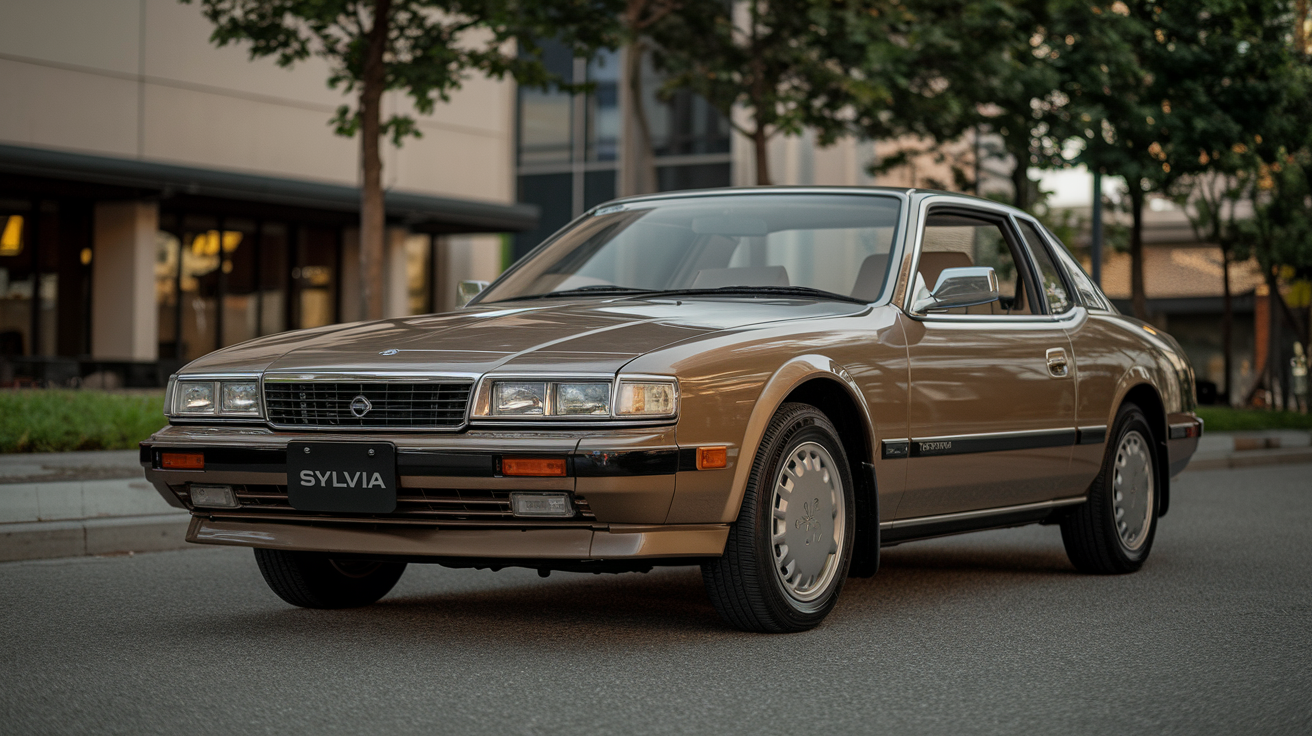
Classic Japanese Car for Sale – Nissan sylvia
Considerations When Purchasing
Evaluating the Condition of Classic Japanese Cars
When considering classic Japanese cars for sale, assessing their condition is crucial. A thorough examination can prevent future expenses and disappointments. Start by checking the body for rust, especially in older models like the Datsun 240Z, which are prone to corrosion. Inspect the chassis and undercarriage, as these areas often suffer from rust due to the UK’s damp climate. Additionally, verify the condition of the engine and transmission. Models like the Mazda RX-7, with its rotary engine, require special attention to maintenance history and any signs of wear.
Interior condition is another important factor. Originality is key for collectors, so ensure that the upholstery, dashboard, and trim are intact and match the factory specifications. For cars like the Toyota Supra, modifications can detract from originality and thus affect value. A comprehensive pre-purchase inspection by a specialist familiar with Japanese vehicles is advisable to accurately assess the car’s condition.
Verifying Authenticity and Provenance
Verifying the authenticity and provenance of a classic Japanese car is essential for ensuring its value and historical significance. Start by checking the vehicle identification number (VIN) and cross-referencing it with official records to confirm the car’s identity and history. Authentic documentation, including service records and previous ownership details, can provide insights into the car’s past and help avoid purchasing a counterfeit or heavily modified vehicle.
The UK JDM Market has seen a rise in demand, making it imperative to ensure authenticity. For instance, importing Japanese cars with complete paperwork enhances trust and ensures legal compliance. Additionally, consult authoritative valuation tools like Hagerty’s to confirm the car’s market value, considering factors such as condition, rarity, and historical significance.
The Importance of After-Sales Support
After-sales support is crucial when investing in classic Japanese cars. Given the potential for maintenance and restoration, having access to experienced mechanics and parts suppliers is invaluable. The rise in classic Japanese car values has led to an increase in specialized restoration services, ensuring that enthusiasts can maintain their vehicles’ condition.
Look for local clubs or online forums dedicated to specific models, such as Nissan Skyline or Honda Civic enthusiasts, to connect with fellow collectors and gain recommendations for reliable service providers. These communities can also offer guidance on sourcing rare parts and accessories, which might be challenging to find due to limited production runs.

Photo by Jasper on unsplash
Making a Wise Investment
Investing in classic Japanese cars can be financially rewarding, given their increasing popularity and appreciation in value. When purchasing, consider not only the car’s initial cost but also potential restoration expenses and future market trends. Look for models with a strong following and historical importance, like the Toyota AE86, which has seen a resurgence in popularity among collectors.
Classic car investment requires patience and diligence. Stay informed about trends in the Japanese automotive industry history to better predict which models might appreciate. By incorporating these considerations into your buying strategy, you can make informed decisions that align with your investment goals.
Final Thoughts
Purchasing classic Japanese cars involves a blend of passion and pragmatism. By evaluating condition, verifying authenticity, and ensuring strong after-sales support, you can confidently navigate the market. Whether you’re drawn by the unique engineering or potential return on investment, these steps will guide you to a successful purchase. Dive into the vibrant world of classic Japanese car collecting and experience the thrill of owning a piece of automotive history.

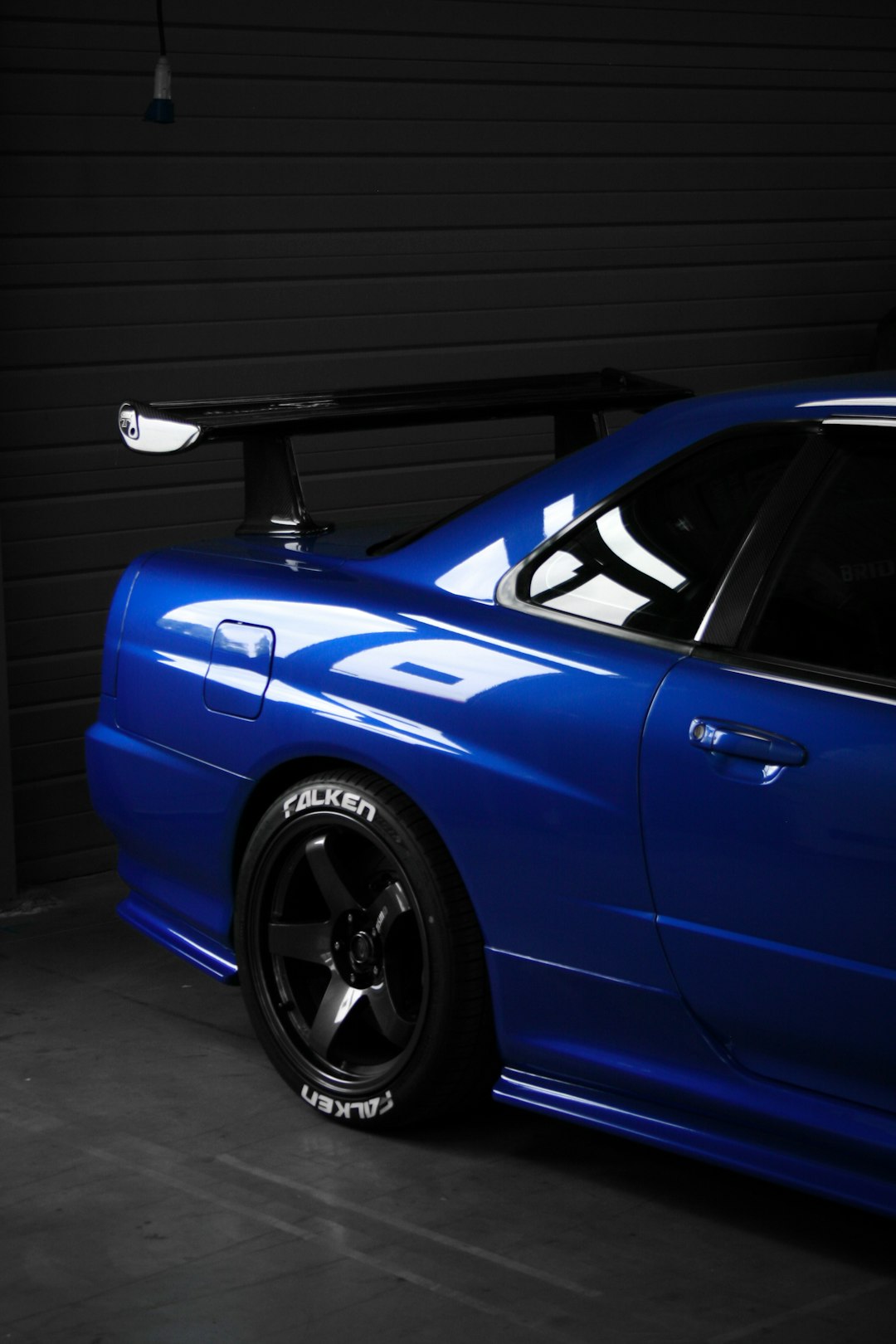
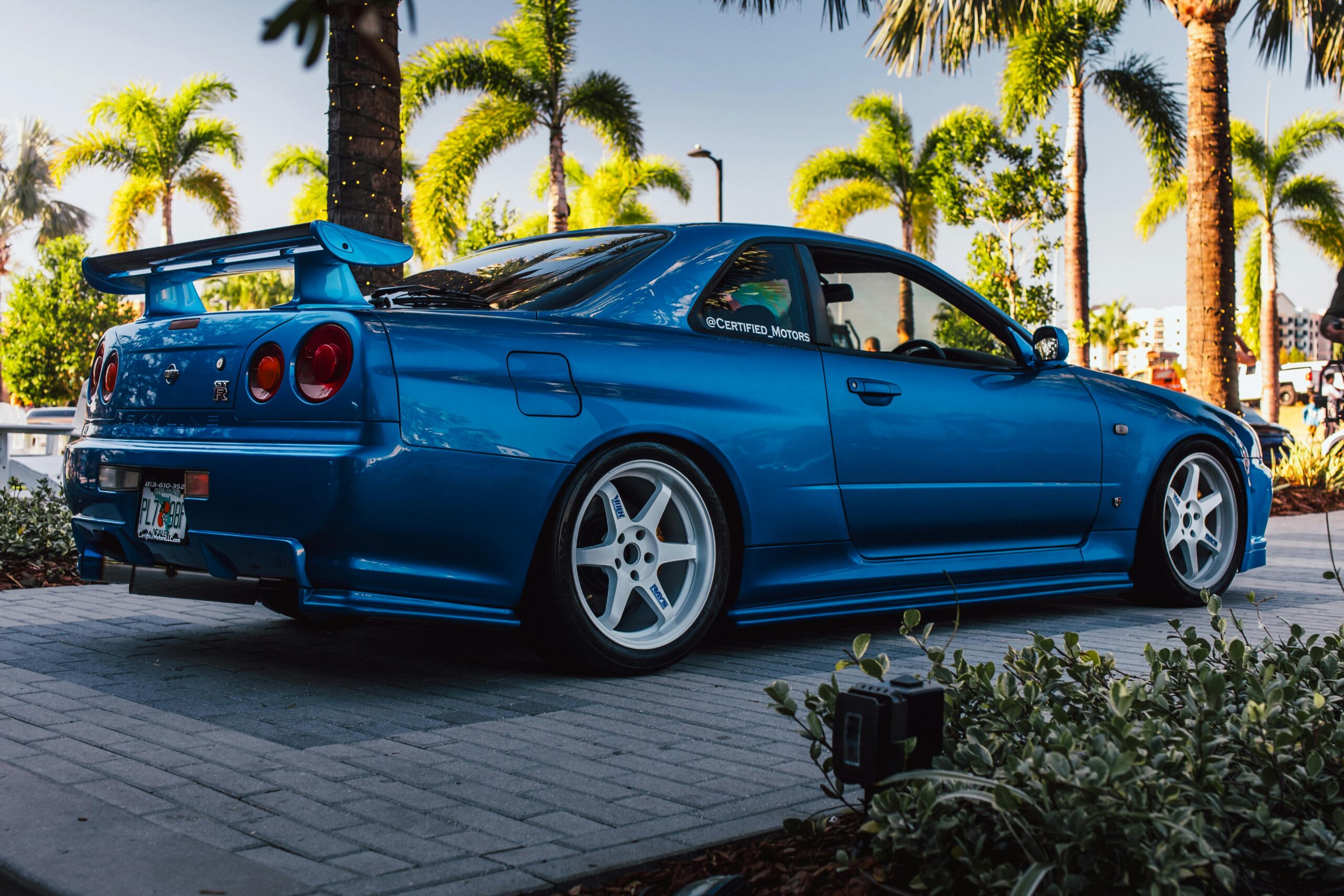
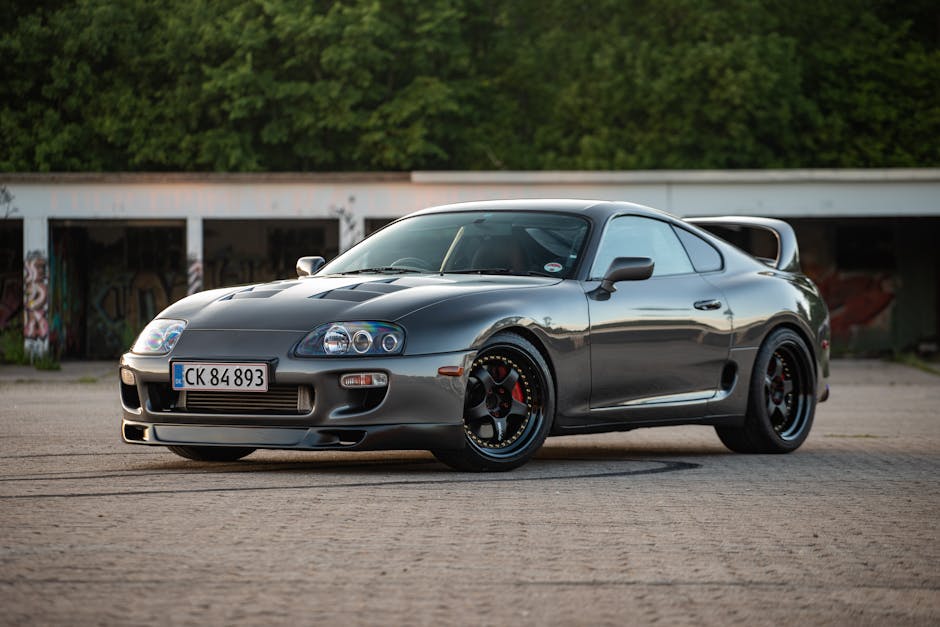
Add your first comment to this post